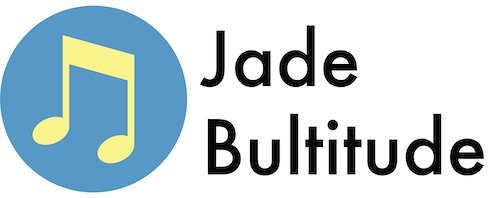In this article you’ll learn how to construct the C sharp minor triad as well as how to play it on piano and guitar.
We’ve also included sections on inversions for those that want a deeper understanding. Lastly, listen to some examples of popular songs that featured this triad.
Root, 3rd and 5th
The C sharp minor triad is formed of the 1st, flat 3rd and flat 5th of the C sharp major scale.
- C# – root note
- E – minor 3rd above the root
- G# – perfect 5th above the root
Here is the triad written on the stave in the treble and bass clef.


Before you read on make sure that you have a basic understanding of intervals. Intervals are vital for understanding how triads are built. Check out our guide to major, minor and perfect intervals for more on this.
C sharp Minor Triad on Piano
Below you can see how to play this triad on the keyboard or piano. This pattern of notes could also be played starting on any C sharp note.
However, the order of the notes must be the same:
- C sharp – lowest note
- F – middle note
- G sharp – highest note
This is called ‘root position’.
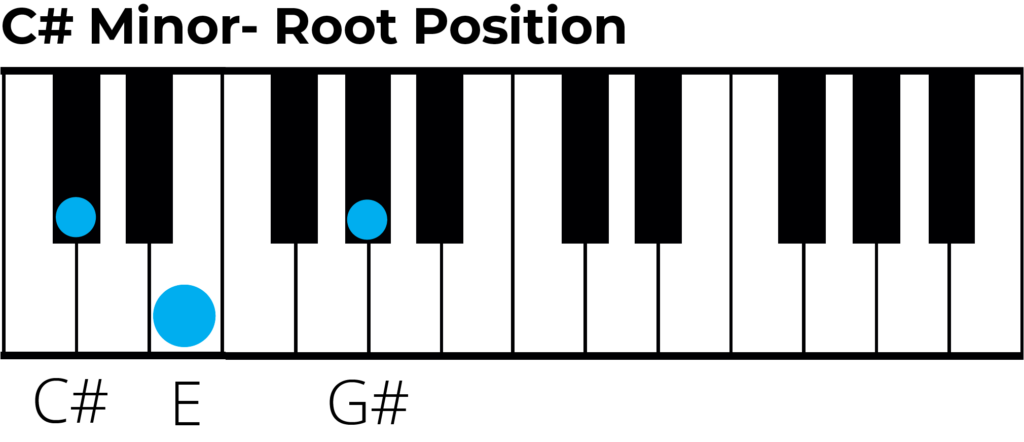
C# Minor Triad on Guitar
There are two simple positions that you can use to play a C sharp minor chord on guitar. Both positions can also be slide up or down the neck to play different minor triads.
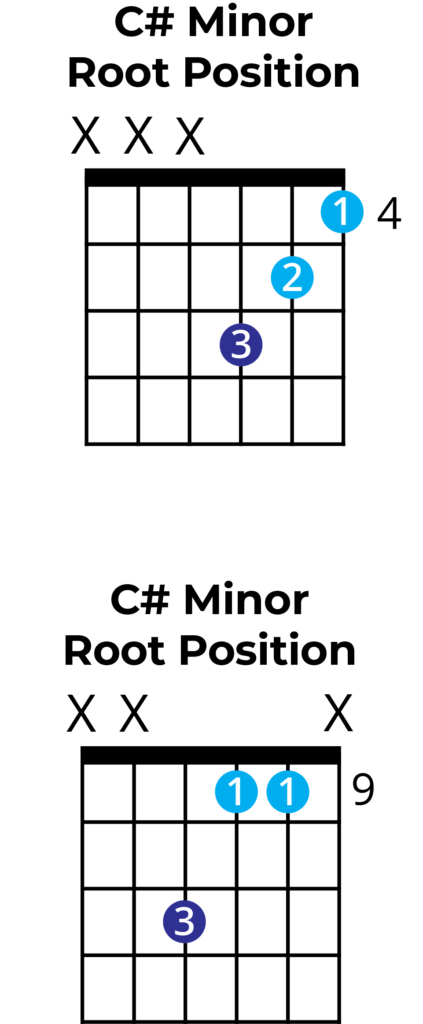
1st Inversion
A 1st inversion is where we take a triad but we start on the second note, which in this case is E natural. We still keep the G sharp above, but then the C sharp (or root) become the highest note.
This way of rearranging a triad gives us a different sound as the relative pitches of the three notes has changed.
- E – lowest note
- G sharp – middle note
- C sharp – highest note

1st inversion on Piano
On the piano we can play the 1st inversion of a C# Minor triad by starting on an E. They play the G sharp above and the C sharp above this.
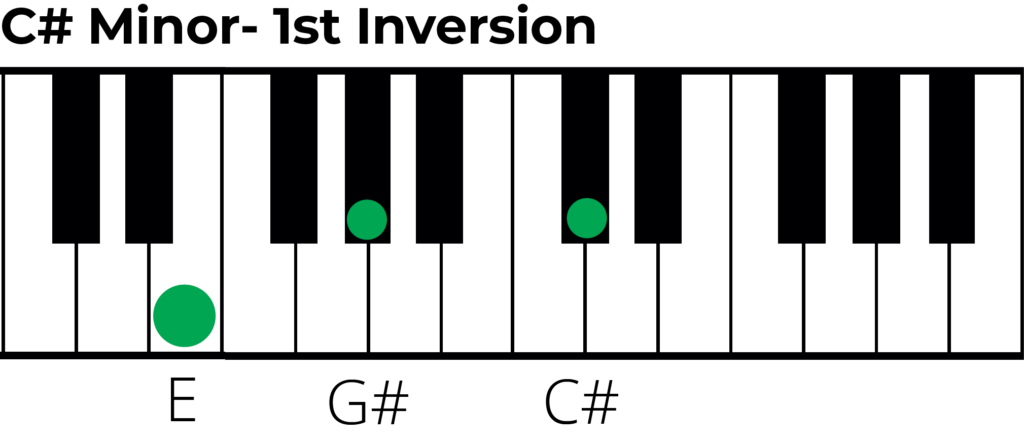
1st Inversion on Guitar
Below are the most common shapes for playing a C sharp min chord in the 1st inversion. Remember that we can only use certain shapes are the pitches of the three notes are important.

2nd Inversion
A 2nd inversion is where we take a triad but we start on the third note, which in this case is G sharp. We still keep the C sharp above this as we did from the 1st inversion. Then the E becomes the highest note in the chord.
- G# – perfect 5th (lowest note)
- C# – root note (middle note)
- E – minor 3rd (highest note)
We could construct a 2nd inversion starting on any G sharp note in any octave. The only thing that must stay the same is that the we use the C sharp above and the E above that.

2nd inversion on Piano
On the piano we can play the 2nd inversion of a C# Minor triad by starting on a G sharp. They play the C sharp above and the E above this.
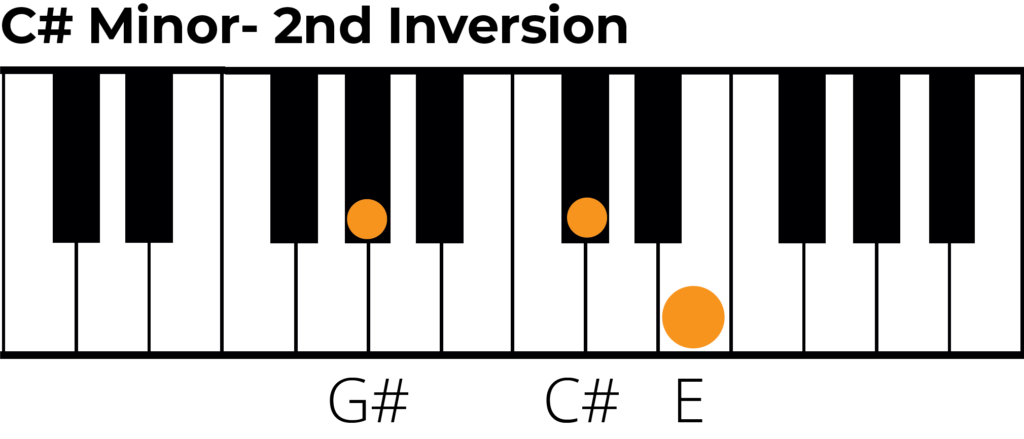
2nd Inversion on Guitar
Below are the most common shapes for playing a C# minor chord in the 2nd inversion. Remember that we can only use certain shapes are the pitches of the three notes are important.
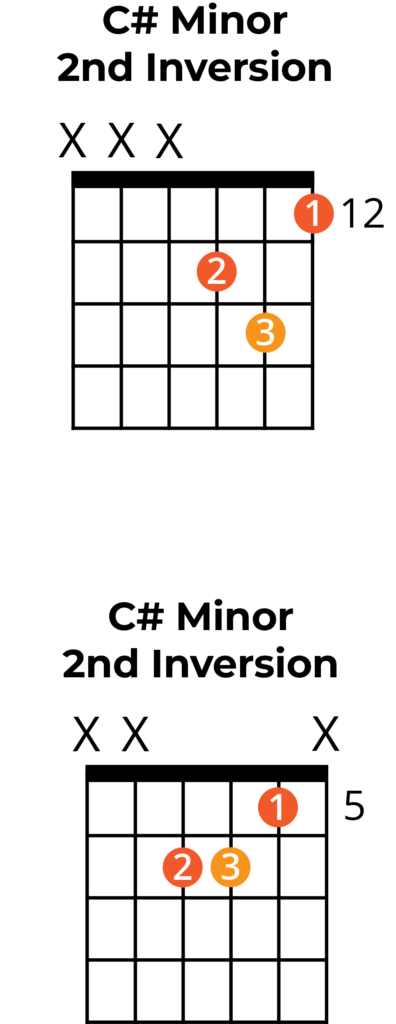
Triads from the C sharp Minor Scale
By looking at the C sharp Minor scale we can actually make triads built on each note and only using notes from C sharp minor. Below you can see a list of each triad we will create be starting on different notes of the scale.
- C# Minor
- D# Dim
- E Major
- F# Minor
- G# Minor
- A Major
- B Major

Pieces in C sharp Minor
Here’s 3 famous examples of songs in a C sharp minor key. For this reason, they use C sharp minor triads, as the root note chord, prominently in their chord progressions.
‘Barbie Girl’ – Aqua
“Barbie Girl” by Aqua is a catchy pop song that playfully explores themes of consumerism. It is also on the soundtrack for the 2023 film ‘Barbie’.
‘Icarus’ – Madeon
“Icarus” by Madeon is a captivating electronic composition that blends intricate rhythms with ethereal melodies, offering listeners a sonic journey through atmospheric soundscapes.
‘halfway Gone’ – Lifehouse
“Halfway Gone” by Lifehouse is a melodic rock track that delves into themes of introspection and personal change.
What’s next….?
- Learn how to construct the C sharp Major triad
- Swat up on your chord knowledge with our complete guide to chords.
